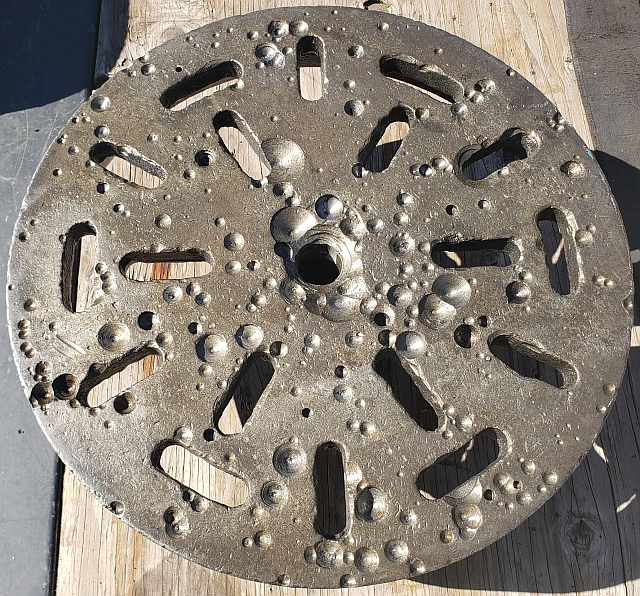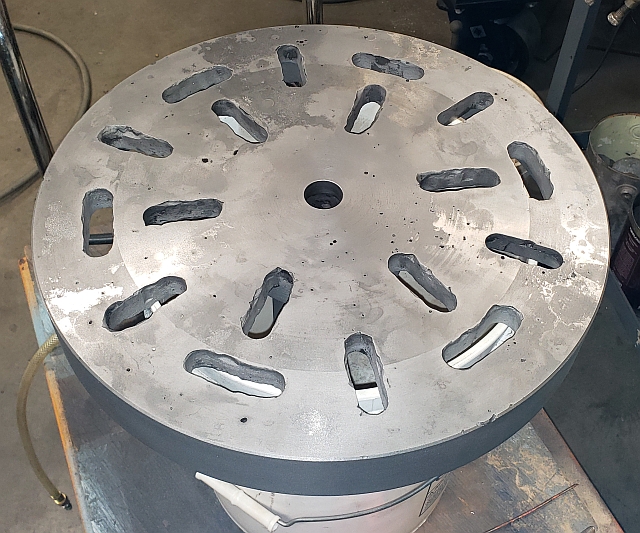metalmagpie
Titanium
- Joined
- May 22, 2006
- Location
- Seattle
I had a cast iron part welded and after machining it has a lot of pin holes. Of course, I could fill them with Devcon but then the part would be speckled with black dots. I'm told it is common to drill out holes then ream them tapered and affix tapered cast iron pins with Loctite. Those pins are not too spendy for one or two but they come in boxes of 100. I'm not sure I should spend another $100 on something I don't know about.
What do you think?
metalmagpie
What do you think?
metalmagpie




